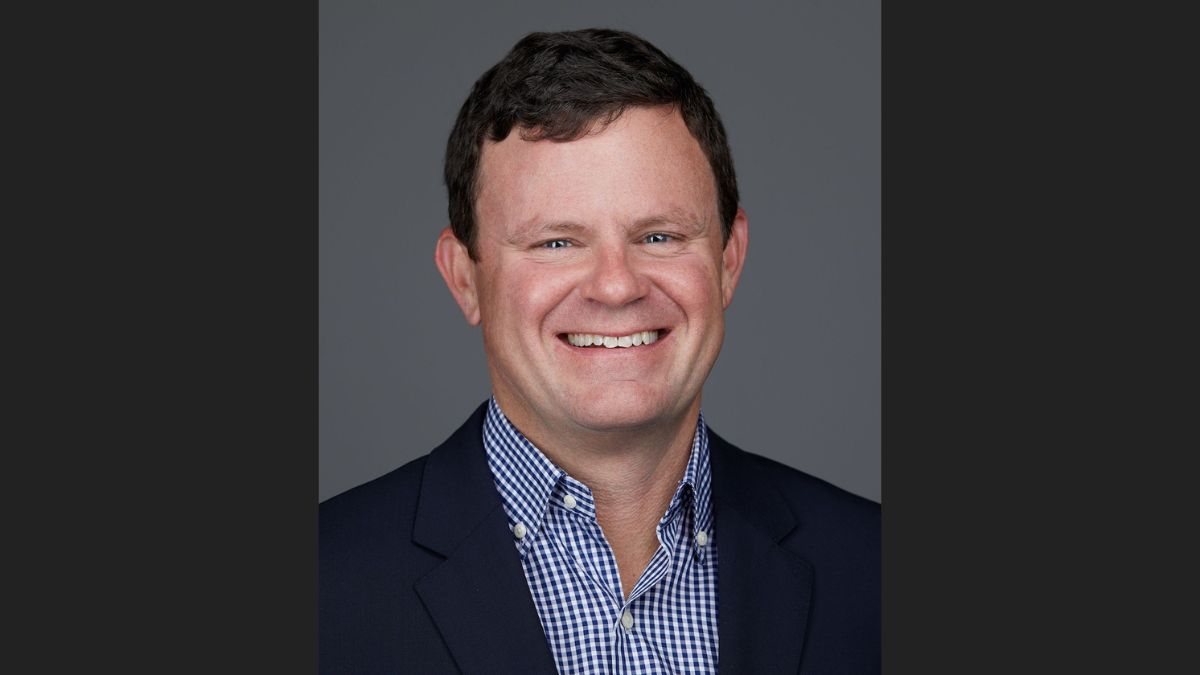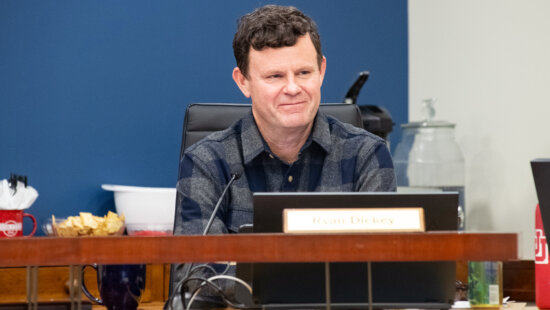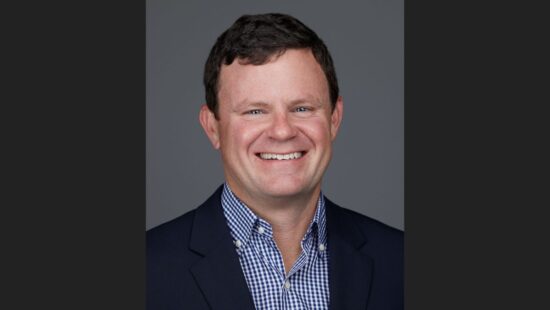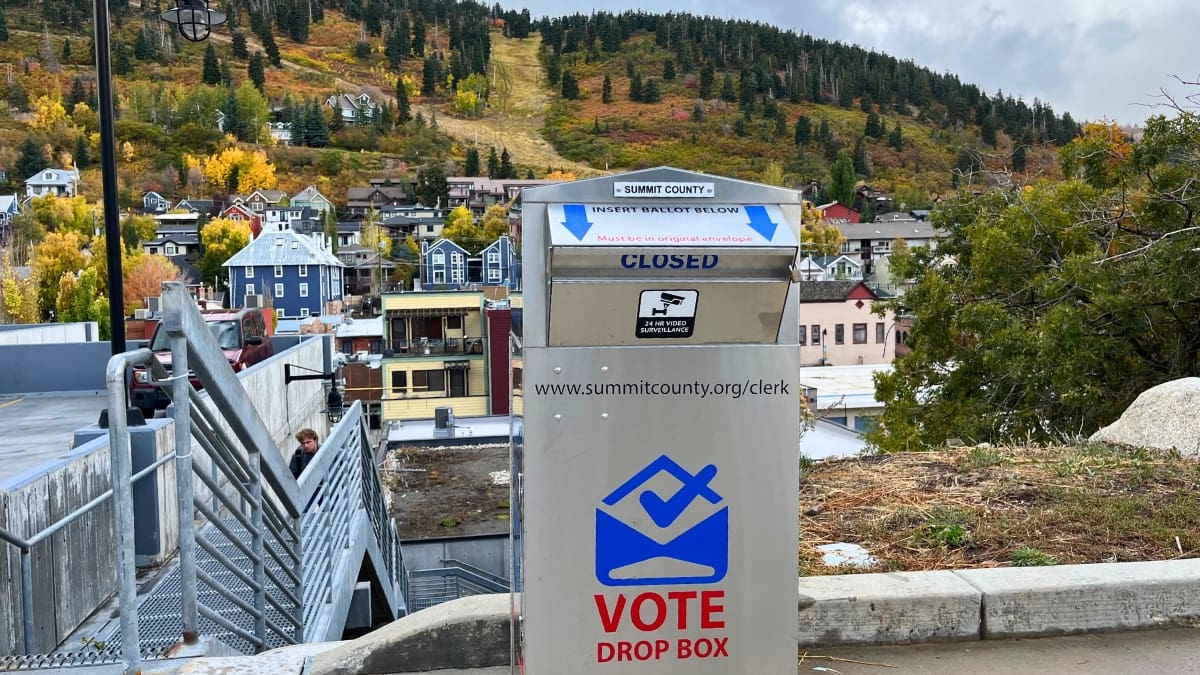Politics
Meet Park City’s mayoral candidates: Ryan Dickey on the city’s future

Park City Mayor-Elect, Ryan Dickey. Photo: TownLift file
PARK CITY, Utah — As Park City prepares to elect its next mayor, three issues are shaping the conversation about the community’s future: growth at Richardson Flat, the economic health of Main Street, and the city’s complex relationship with ski resort owners. These topics cut to the heart of Park City’s identity — balancing open space and development, sustaining a tourism-based economy, and ensuring that the global corporations operating its ski mountains remain accountable to the people who live here.
In this election series, TownLift asked the candidates to share their specific plans and perspectives on each of these defining issues. Their answers reveal philosophies about how Park City should grow, adapt, and negotiate with powerful partners, while staying true to its mountain-town character.
Now up: Ryan Dickey — his views on how to manage development at Richardson Flat, revive Main Street, and ensure that the city’s resort partners are part of the solution, not the problem.
Richardson Flat
TL: The first thing we’d like to talk about is the area of Richardson flat and the 1999 development agreement. There seem to be two schools of thought on the area. On the one hand amending the development agreement and allowing for some development there could mitigate, but maybe not totally fix, some of Park City’s problems – traffic, affordable housing, transportation. On the other hand – amending the agreement would mean re-zoning land, reclassifying land from open space. Would you consider amending the development agreement? Specifically why or why not?
RD: When it comes to Richardson Flat, the contrast between the candidates is clear. At last week’s debate, my opponent openly advocated for development in this open space that our community has fought for decades to protect — while I once again leaned in to oppose the idea
of building another Kimball Junction or Dakota Pacific in Richardson Flat.
The development rights once tied to Richardson Flat were permanently transferred decades ago to enable the creation of Empire Pass — a landmark agreement that allowed growth where infrastructure could support it while preserving open space at our city’s edge. To now revisit that deal and restore density to Richardson Flat would undermine decades of community
visioning and careful planning.
Park City has long understood the importance of protecting its entry corridors — the open- space buffer that defines our character and separates us from the sprawl that surrounds us. We realized that vision through the preservation of Richardson Flat and McPolin Farm, creating a distinct sense of arrival into Park City.
We’ve fought successfully to defend that vision — first against the Hideout annexation and now in ongoing litigation against renewed efforts to revive extinguished entitlements. We’ve been successful in that defense, and as mayor, I will continue protecting our community’s open-
space legacy.
Main street
TL: Topic number two is Main street and Park City as a tourism destination and our resulting tourist economy. Visitation to Main Street is down by hundreds of thousands of people per year. This seems problematic as we compete for tourism dollars and the health of our businesses rely on visitors. What specifically will you do to ensure that Main Street remains vibrant, busy and holds on to its character? Are there any specific regulations or policies that you think are outdated or are holding back the long-term health of tourism in Park City?
RD: I envision a Main Street that’s more vibrant, walkable, and welcoming — a Main Street that brings locals and families back while continuing to anchor our historic character and visitor economy.
The Main Street Area Plan provided a framework for this next chapter — not a checklist, but a shared vision created by Old Town residents, merchants, and preservation voices. Its purpose wasn’t to mandate hotels or gondolas; it was to imagine how we can strengthen our authentic mountain-town feel while improving access, maintaining vibrancy, and improving neighborhood
livability for all.
The data is clear: foot traffic on Main Street is lower today than in 2017, and what was once considered one of the state’s marquee economic engines no longer leads even within our own city. That’s a call to action — not to change the character of the street, but to do what we’ve
always done — continue to evolve a Main Street experience that is already unparalleled in the West. Previous iterations of this work brought us the town lift, wider sidewalks, and lower Main Street. Today, we have the opportunity as a community to ask again: what’s next?
This opportunity extends to Swede Alley, where the arrival experience for the majority of visitors to our historic core is defined by dumpsters, concrete, and an absence of walkability.
With the required replacement of the aging China Bridge garage in the next five years, we can use this opportunity to enhance Swede Alley as a complement to Main Street with small-scale shops, pedestrian enhancements, and a sense of arrival worthy of a world-class mountain town.
Other communities can build something new — but they can’t build a 150-year-old Main Street.
Evolving ours isn’t about changing what we are; it’s about doubling down on the history, character, and authenticity that make Park City unique. Every enhancement must keep the local experience and Old Town neighborhood at the center — protecting what we love while creating spaces where families, residents, and visitors linger longer and connect more deeply.
Vail Resorts
TL: Given the troubles at Park City Mountain Resort last season with the ski patrol strike, the changes in leadership and decline in Vail Resorts, Inc stock, what would you do in the role of Mayor to ensure the resort owners are good partners to the community?
RD: Balance is key in our relationships with the resorts. Protecting the community from the impacts of tourism always comes first — but our locals and visitors also expect a world-class experience on the mountain. Delivering on that expectation means partnering with the resorts for mutual success.
With Park City Mountain, there have been challenges, but also opportunities. It was a costly mistake for the Planning Commission to block upgrades to the on-mountain ski experience — a decision that strained the relationship and stalled needed investment. At the same time, the city has worked successfully with the resort to reduce morning congestion through base-area circulation changes and reserved parking.
The city already partners daily with Park City Mountain at an operational level, and I bring strong relationships with both local and corporate leaders. With new leadership in City Hall and in Broomfield, the foundation is set to turn the page.
It’s time to roll up our sleeves and chart a new path forward together. As mayor, I’ll lead that effort — identifying mutual needs, removing barriers to modernization, and strengthening collaboration. Our locals and visitors deserve a world-class ski experience, just as Park City
Mountain deserves a constructive, reliable partner in City Hall.
Jack Rubin’s responses to the same questions can be read here : https://townlift.com/2025/10/meet-park-citys-mayoral-candidates-where-they-stand-on-the-citys-future
Meet Park City’s mayoral candidates: Jack Rubin on the city’s future



















